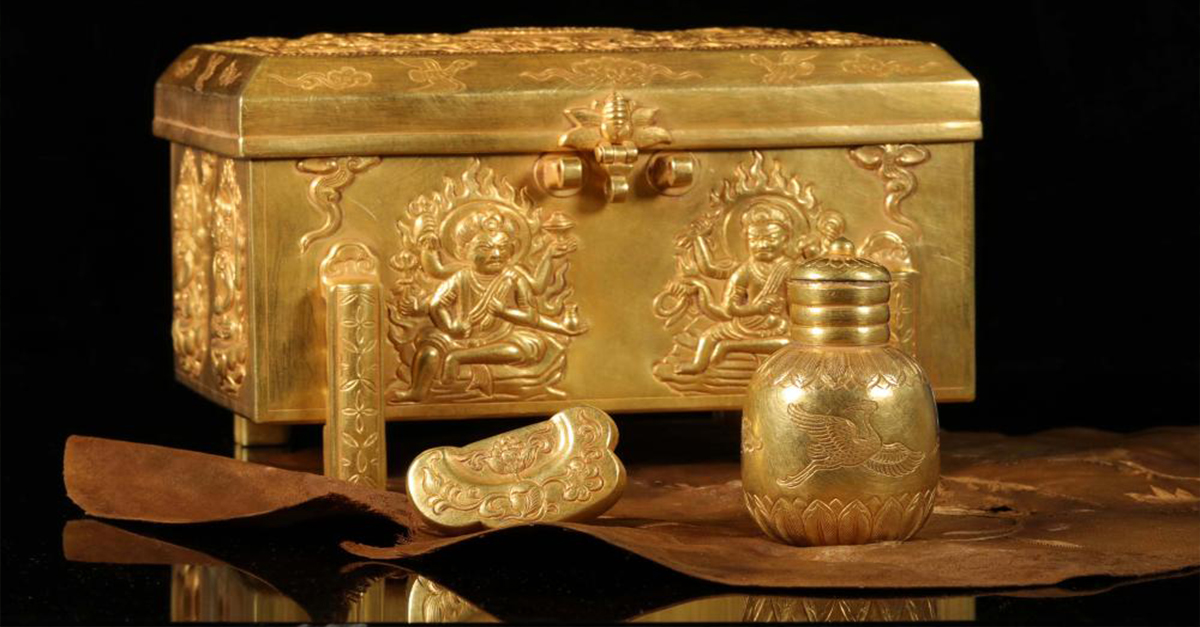The lead coffins were discovered during reconstruction work at Paris Cathedral in 2022, following a fire in 2019 that nearly destroyed the structure.
Scientists have now discovered the well-preserved skeletal remains of a high priest and a young nobleman.
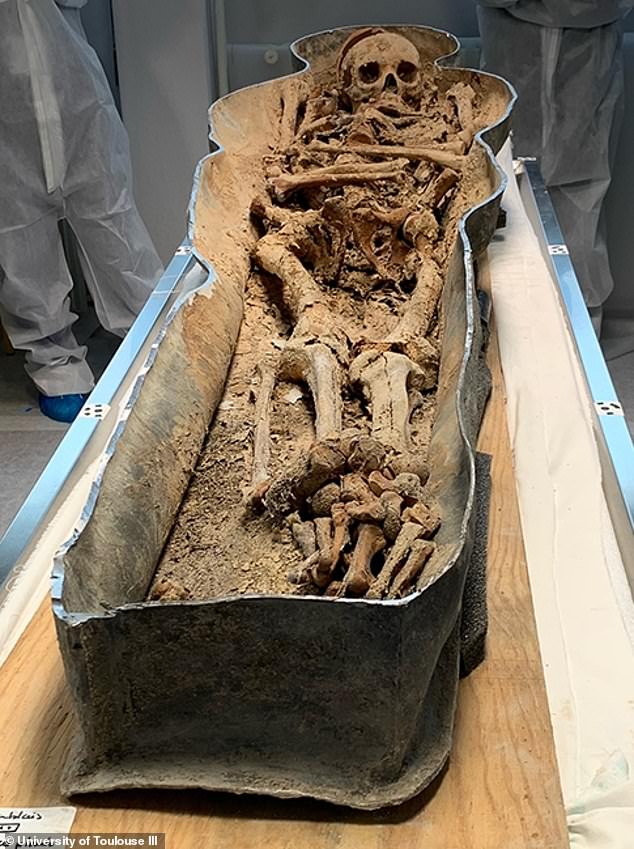
The name of the young man is unknown, but the priest’s coffin features an identification plate with the name Antoine de la Porte and the date of his death, December 24. This man lived to be 83 years old.
Much of the iconic UNESCO World Heritage building was devastated in the fire, but firefighters saved Notre Dame’s spectacular Gothic façade and two iconic towers from destruction. The authorities have set the year 2024 as the date on which the reconstruction will be completed.
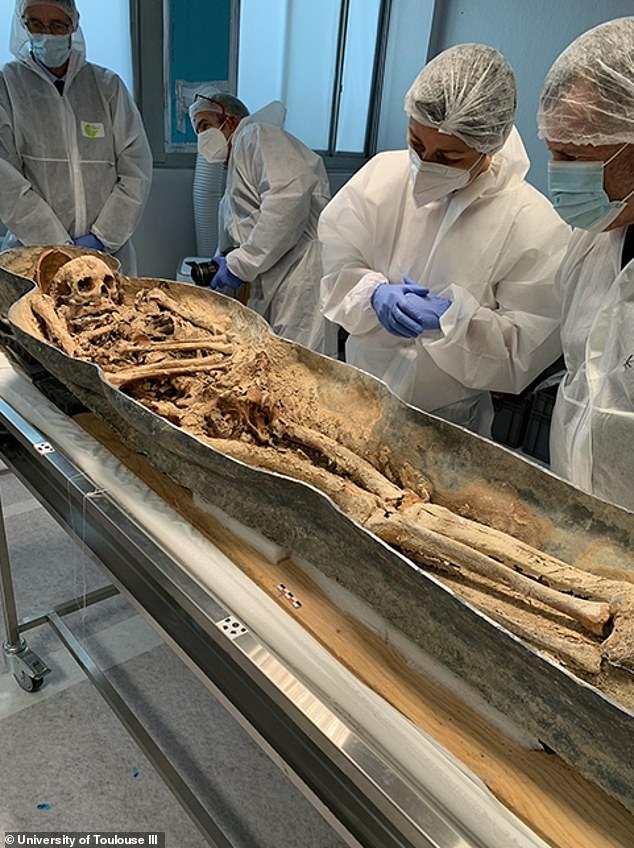
The coffins were first discovered in March, but the opening of the tombs occurred only last month.
“Burials in cathedrals were practiced throughout the medieval and modern era, with the most sought after places being near the choir,” researchers from the University of Toulouse indicated in the statement.
“Burial in a lead coffin is reserved for an elite.”
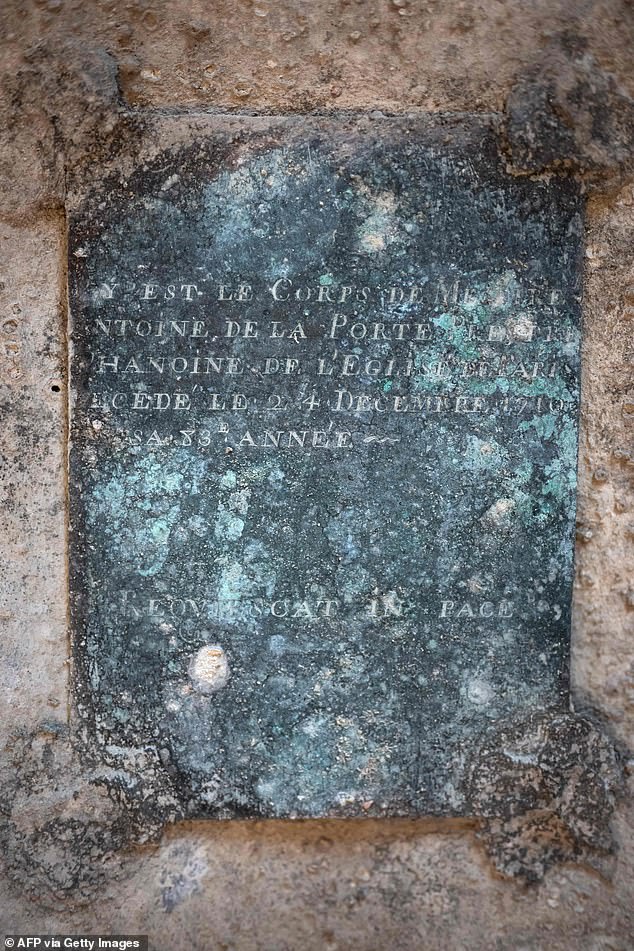
The remains were examined at the university hospital, where teams meticulously investigated the bones to determine who the individuals were, the cause of death and their lifestyles.
“The two coffins are very different: they do not have the same shape, nor the same assembly method, nor the same alloy, nor the same age (they belonged to different archaeological strata),” the team stated.
The high priest, nicknamed “jubilee canon,” financially supported the remodeling of Notre Dame’s choir room in fulfillment of Louis XIII’s vow.
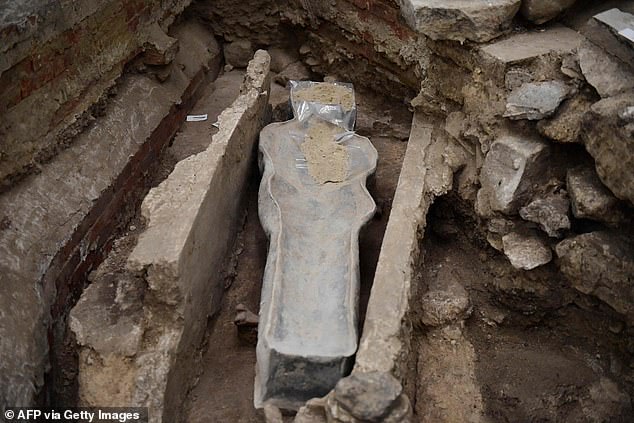
He was also buried surrounded by remains related to the destruction of the medieval screen.
Archaeologists identified three medals in Canon’s coffin, which was not intact when it was pulled from the ground.
No organic tissue remained in the bones, but the remains were still well preserved, including hair and beard.
According to the British Museum, a painting by Jean Jouvenet, commissioned around 1708, pays tribute to him for lending money to Louis XIII.
It shows a mass celebrated inside the cathedral.
The tomb of the unknown nobleman, also made of lead, was molded to form the man’s body, which also did not feature much organic tissue.
When archaeologists first discovered the coffins, they deployed an endoscopic camera inside this sarcophagus that detected leaves and what was likely a wreath placed on her head before burial.
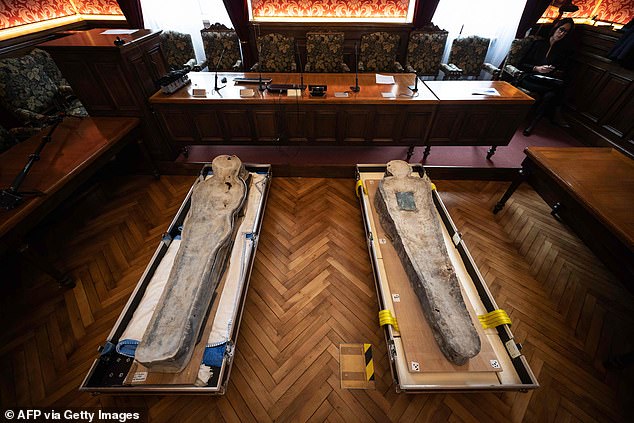
This, according to researchers, suggests that he had an aristocratic status.
Examination of the bones revealed that he was between 25 and 40 years old at the time of his death and spent much of his early life riding horses. There are several markings associated with this activity on their upper extremities.
Eric Crubézy, a professor of biological anthropology at the University of Toulouse III, who oversaw the opening of the coffin last month, told LiveScience that this man likely died of chronic meningitis due to tuberculosis.
The team nicknamed the man “Le Cavalier” and current analysis of his remains suggests he died between the 14th and 18th centuries.
After the analyses, the scientists will meet again to share their results and discuss the research in general. The first results are expected in the first half of 2023.
On April 15, 2019, millions of people around the world watched in horror as firefighters battled through the night to save the cathedral as a fire ripped through its roof and toppled the bell tower.
The 300-foot-high Gothic spire collapsed into embers at the start of the fire to pained cries of “My God” from locals, transfixed by the unfolding scene.
The fire broke out shortly before 7:00 p.m. local time in an area of the roof that was undergoing renovation work.
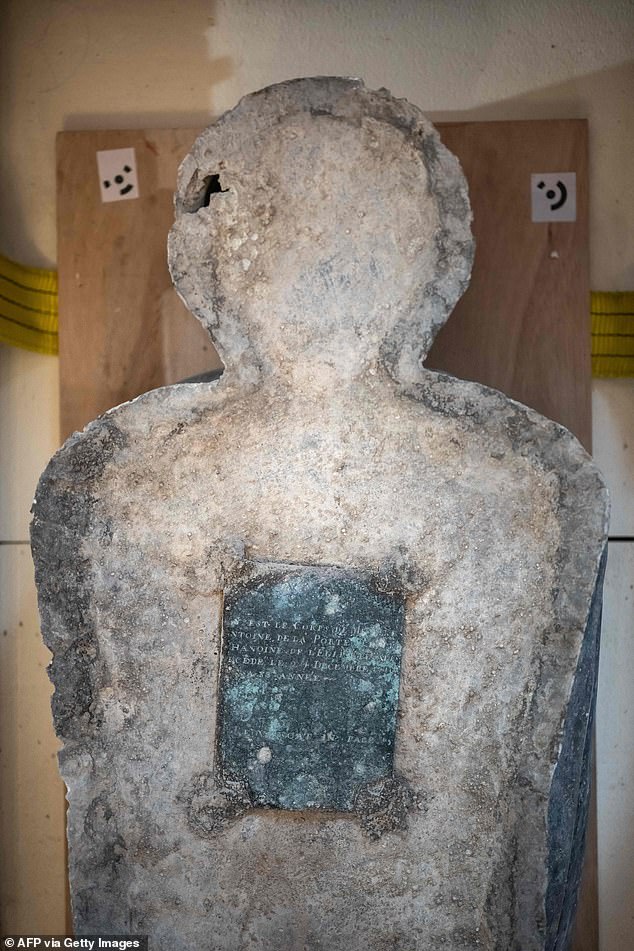
The cathedral is one of the most visited monuments in Europe and, as Holy Week began the day before the fire, thousands of tourists were in the surrounding area. They were joined by locals who took to the streets with their mouths open to watch the disaster unfold.
‘Notre-Dame survived all the wars, all the bombings. We never thought it could burn. “I feel incredibly sad and empty,” said Stéphane Seigneurie, a consultant who joined other shocked spectators in a solemn rendition of “Ave Maria” as they watched the fire from a nearby bridge.
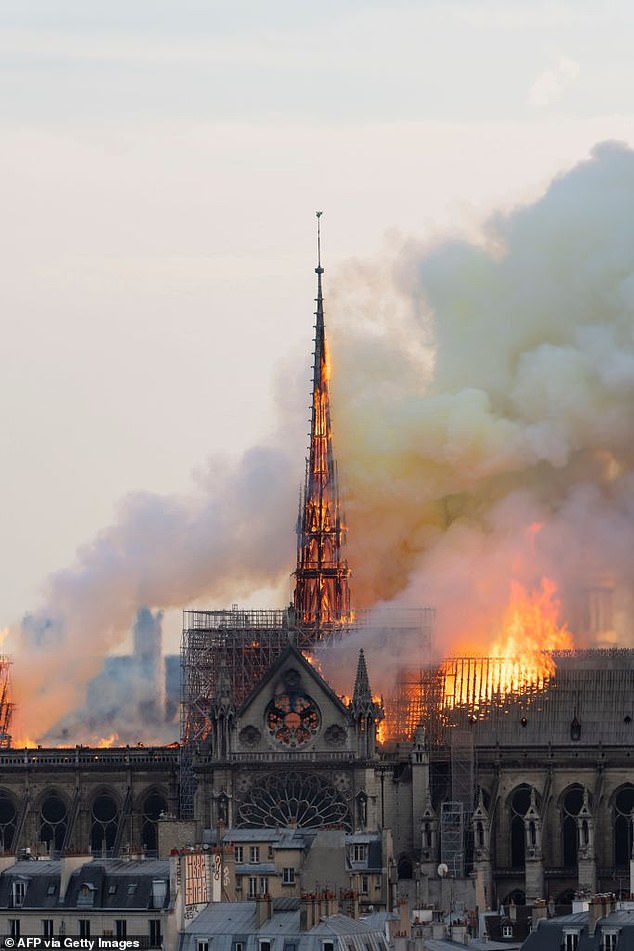
In September 2021, the French government announced that the cathedral was finally stable and safe enough to begin reconstruction work.
And months later, the mysterious coffins were discovered, which archaeologists hope can provide more information about the ancient cathedral.
If you liked this article…
Notre Dame bees kept in rooftop hives SURVIVED fire, beekeeper reveals
Plus, the architect creates a stunning solar-powered redesign of Notre Dame’s glass spire with a garden atop the 850-year-old cathedral.
And Notre Dame is finally declared stable enough for repairs to begin more than two years after the historic cathedral was devastated by fire.




